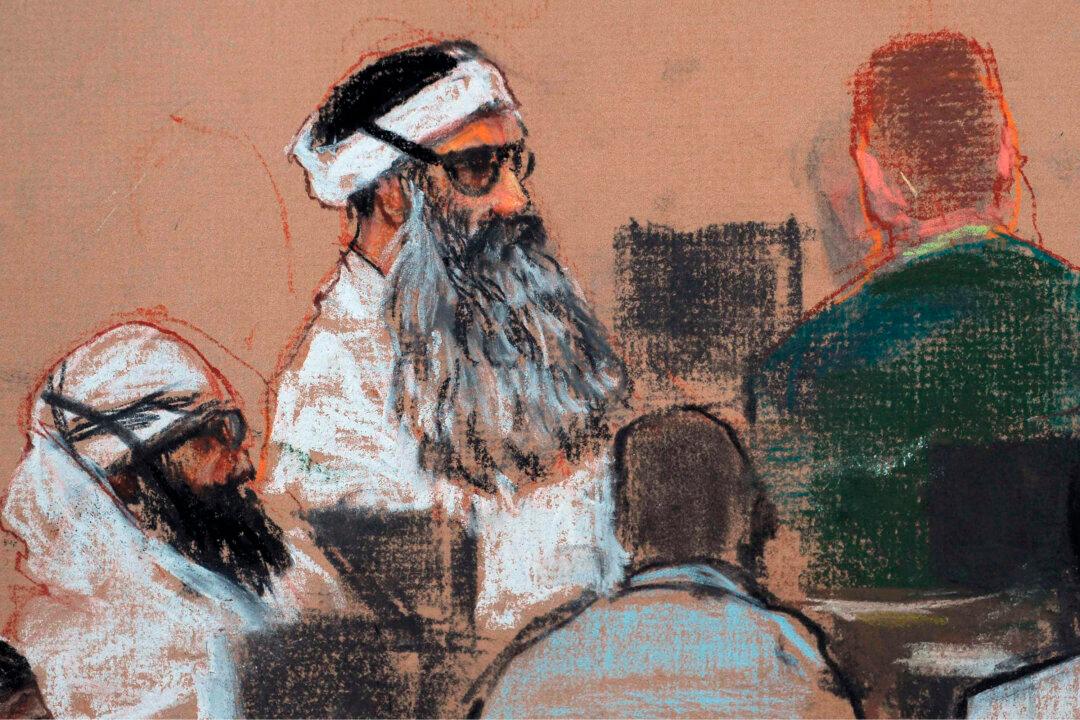The ancient Assyrian city of Nimrud was essentially bulldozed and destroyed by ISIS, or the Islamic State in Iraq and Syria, this week. But it’s not the first time the city was razed to the ground.
Nimrud is located north of Mosul, Iraq, on the mouth of the Tigris River in northern Mesopotamia. The city, founded 3,000 years ago, is known as the Biblical city of Kalah.
It became the capital of the Assyrian Empire under Ashurnasirpal II, who reigned from 884 to 859 B.C., and the city remained intact for a few hundred more years before it was burned to the ground in 612 B.C. along with Ashur and Nineveh by a coalition of Persians, Babylonians, and Medes. After the city was destroyed, its ruins essentially remained buried for 2,000 years until officials with the British East India Company visited the site and gave a description of it. Later, it was excavated in 1845 by archaeologist Austen Henry Layard.
The city covers only about 890 acres. Under King Ashurnasirpal II, thousands of men worked to create a 5-mile-long wall around the city. They also built his palace.
When the city’s palace and gardens were fully constructed and adorned, Ashurnasirpal II had a festival that lasted 10 days, which included a banquet of 69,574 people.
“The menu from this celebration included, but was not limited to, 1,000 oxen, 1,000 domestic cattle and sheep, 14,000 imported and fattened sheep, 1,000 lambs, 500 game birds, 500 gazelles, 10,000 fish, 10,000 eggs, 10,000 loaves of bread, 10,000 measures of beer, and 10,000 containers of wine,” according to the Ancient History Encyclopedia.
An inscription was carved into limestone, which gave some insight into the king’s personality.
It reads: “I am Ashurnasirpal, the celebrated prince, who reveres the great gods, the fierce dragon, conqueror of the cities and mountains to their furthest extent, king of rulers who have tamed the stiff-necked peoples, who is crowned with splendour, who is not afraid of battle, the merciless champion who shakes resistance, the glorious king, the shepherd, the protection of the whole world, the king, the word of whose mouth destroys mountains and seas, who by his lordly attack has forced fierce and merciless kings from the rising to the setting sun to acknowledge one rule,” according to one translation of it.






